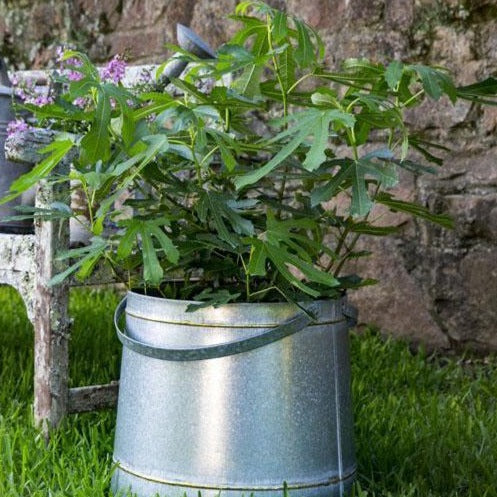
Little Miss Figgy Fig Tree
Loaded with calcium, magnesium, potassium, and fiber, figs are definitely a superfood! The Little Miss Figgy Fig tree makes it super simple to grow...
View full detailsFree Shipping on Orders $119+

Loaded with calcium, magnesium, potassium, and fiber, figs are definitely a superfood! The Little Miss Figgy Fig tree makes it super simple to grow...
View full details
Introduction This Popular Variety has Taken the Market by Storm! Crisp with a perfect balance of Sweet and Tart The Most Delicious Apple! Great fo...
View full details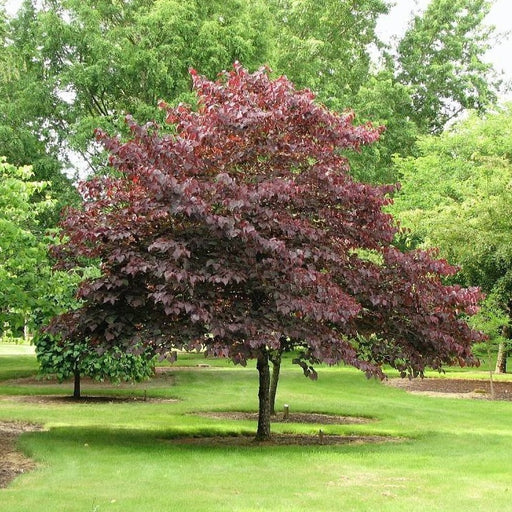
Add some color to your landscape with the Newport Flowering Plum Tree. At maturity, this tree will reach 25 to 30 feet high with a canopy spread of...
View full details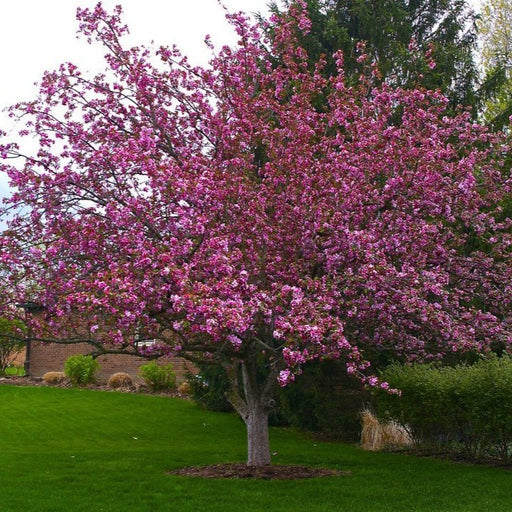
Introduction The Profusion Crabapple is a stunning tree Bold, pink flowers blanket the tree in spring Beautifully shaped tree that fits in small y...
View full details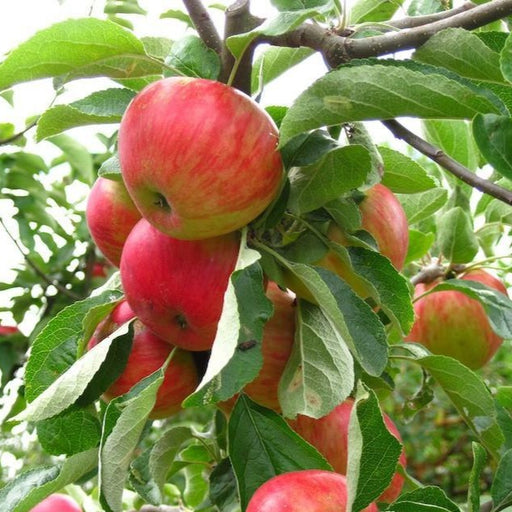
Introduction Top Pick for an Early Harvest Apple! Crisp and Sweet Versatile apple - great for Eating, Cooking and Storage! Easy to Grow Self Polli...
View full details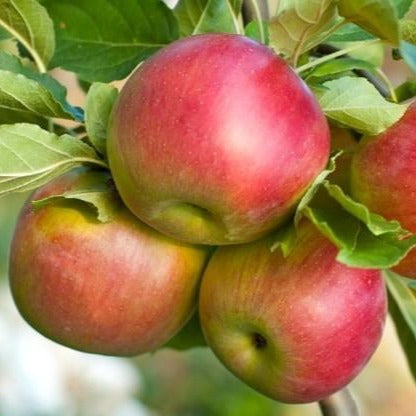
Introduction Grow the Perfect Sweet Treat in Your Own Yard! Crisp, Sugary Sweet Apples Great for Eating, Baking, Cooking, and Storing! Plenty of a...
View full details
Introduction Make Delicious Apple Pies with your very own Apples! #1 Baking Apple Crisp and Tart Flavor Long Shelf Life Self Pollinating - you onl...
View full details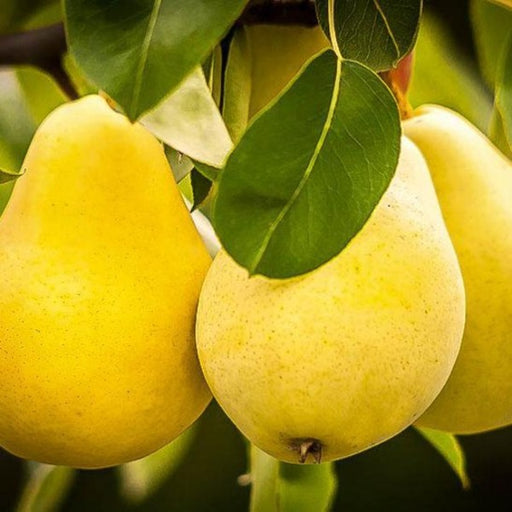
Introduction Hardy Pear Tree That Can Be Grown at Home Firm, sweet, juicy fruit Resistant to blight Self-pollinating Low chill hour requirements C...
View full details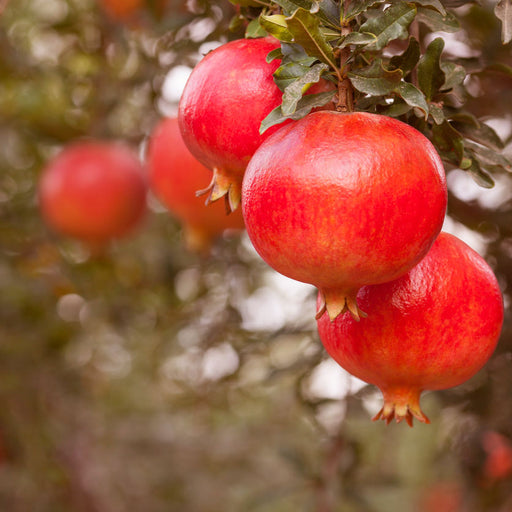
Originating in East Asia, the Pomegranate Tree has spread throughout the United States. You could easily find this popular fruit tree growing both ...
View full details
Are you ready to grow your own tree-ripened cherries and enjoy the splendor and beauty of a fruit-bearing, yet low-maintenance tree? The Stella Che...
View full details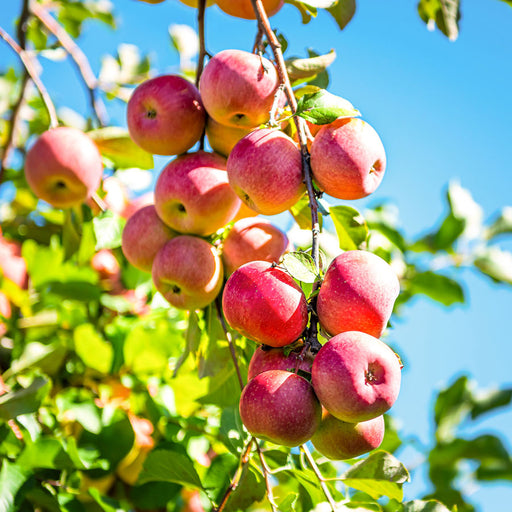
Developed in the 1970s by John Cripps from a cross between the Lady Williams apple tree and Golden Delicious, Pink Lady Apple trees originated in W...
View full details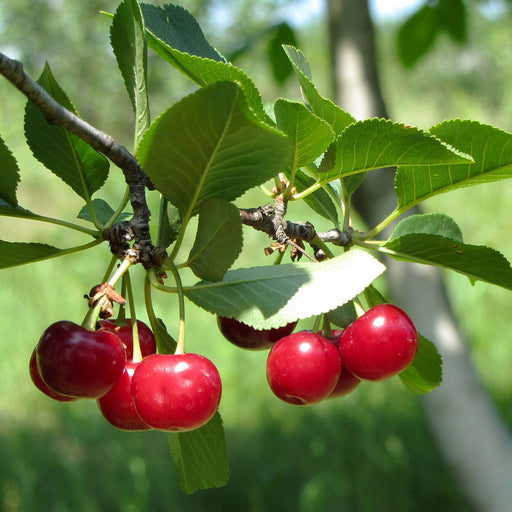
When you plant a cherry tree in your garden, you don’t want to wait to enjoy your crop. That’s one of the best reasons to choose the North Star Che...
View full detailsMany maple trees, including the red maple, are native to Georgia. The river birch is a very fast growing tree that is a Georgia native tree. The tulip poplar is another fast growing tree that is native to Florida. It offers shade and is a native flowering tree as well. The hardy American sycamore is also fast growing and long-lived. The northern red oak is a sturdy native tree that is a favorite of wildlife and songbirds. The eastern redbud and flowering dogwoods(Cornus florida) are stunning flowering native Georgia trees that bloom in early spring.
Spring and fall are the ideal seasons for planting Georgia trees. For the warmer parts of Georgia you can plant most trees just about anytime of year. Be sure to offer plenty of water when planting trees in summer. The cooler parts of the state can plant almost anytime as long as the ground isn’t frozen. Just avoid planting Georgia trees that are sensitive to low temperatures in winter. Trees that like cool temps and tend to get stressed by heat and drought should not be planted in summer.
Be sure the root ball of your Georgia tree is moist so it is ready to plant. Dig a hole at least twice as wide as the pot of your tree, but not quite as deep as the pot is tall. Put your tree in the hole and be sure it is level and straight. The top of the root ball should be slightly higher than the existing soil line. Fill the soil in around the root ball. Tamp the soil down gently with your hands to remove air pockets. Water deeply until the earth around your tree is completely saturated. Apply mulch in a mound around your new tree to help retain soil moisture, protect the roots, and reduce weeds. Pull the mulch away from the trunk to avoid promoting issues with pests and disease. Water your Georgia tree daily for the first week and 1 to 3 times weekly for the first 2 to 3 months until your tree is established. Water heavily less often rather than watering a small amount often. Let the hose run for a couple minutes at the base of your tree.
Winter or early spring is the best time to prune most Georgia trees. However, trees that flower in spring should be pruned once their bloom period has ended. Fall is also a good time for pruning many Georgia trees because of cooling temperatures. A tree’s metabolic processes also slow down at this time. Avoid pruning evergreens in late fall in the cooler parts of the state. Pruning can encourage new growth which can then be damaged by freezing temperatures. This won’t kill your tree, but it can kill the new growth. Minor pruning can be done anytime of the year. Broken, dead, or diseased branches should be removed when you notice them regardless of the time of year.
The Meyer lemon tree can grow in the ground in the warmest parts of the state (zones 8 and 9) or as a patio plant in zones 6, 7, 8. and 9. Apple trees, peach trees, cherry trees, and pear trees can grow throughout Georgia. Fig trees and persimmon trees can grow in growing zones 7, 8, and 9. The Chicago hardy fig tree can grow in zone 6 as well. These Georgia fruit trees all grow well in this state.
Buy Georgia trees for zone 8 here at Plantingtree. We are a family owned and operated online plant nursery that ships to Georgia trees throughout the continental United States. We carry premium plants and trees for sale. We have flowering trees for Georgia, Georgia native trees, fruit trees, oak trees, and palm trees for Georgia. These premium trees are well-branched, and ready to plant! Scroll up to see our available trees for Georgia.
For additional options, be sure to check out our Georgia collections.
You May Also Like:

